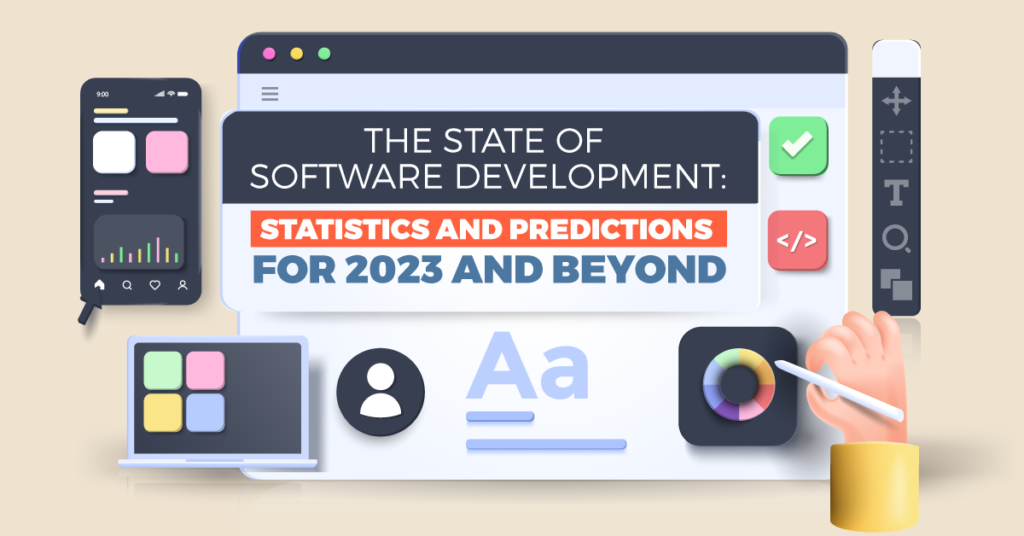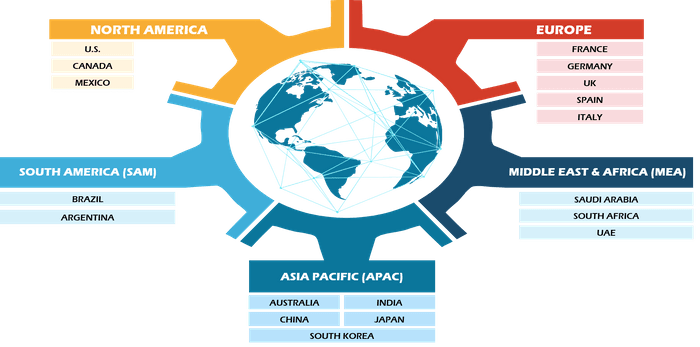
The world of software development is in a constant state of evolution. It’s essential to take a close look at the current state of the industry, backed by statistics, and make informed predictions for the future.
Current State of Software Development
1. The Growing Workforce
According to recent statistics, the global software development workforce is expanding rapidly. As of 2021, there were approximately 28 million software developers worldwide. This number is expected to grow further in 2023, thanks to increased demand for software-driven solutions across industries.
2. Agile Dominance
The Agile methodology has firmly established itself as the dominant development approach. Agile principles, emphasizing flexibility and collaboration, have led to higher project success rates. As a result, over 71% of software development teams use some form of Agile in their processes.
3. Remote Work Revolution
The COVID-19 pandemic accelerated the trend of remote work, and it continues to influence software development. In 2023, remote work is expected to remain prevalent, with developers and teams collaborating across borders more seamlessly than ever.
4. Cloud Computing’s Ascendancy
Cloud computing has become the backbone of modern software development. Over 95% of new applications are being developed with cloud-native architectures, allowing for scalability, cost-efficiency, and rapid deployment.
Predictions for the Future
1. Artificial Intelligence Integration
Artificial Intelligence (AI) and Machine Learning (ML) will play a more significant role in software development. AI-driven code generation, automated testing, and predictive analytics will become standard practices. Developers will rely on AI-powered tools to enhance productivity and create more intelligent software.
2. Increased Emphasis on Cybersecurity
As software becomes more integrated into our lives, the importance of cybersecurity will continue to grow. With an increasing number of cyber threats, developers will prioritize security from the outset, implementing robust measures to protect user data and privacy.
3. Low-Code/No-Code Revolution
Low-code and no-code platforms will continue to gain popularity, enabling non-developers to create functional software solutions. This democratization of software development will drive innovation across various industries and reduce the development backlog.
4. Quantum Computing Impact
Quantum computing, while still in its infancy, will begin to influence software development. As quantum hardware becomes more accessible, developers will explore quantum algorithms and applications, potentially revolutionizing fields like cryptography, optimization, and simulations.
5. Enhanced DevOps Practices
DevOps will evolve further, with a focus on end-to-end automation, continuous integration, and continuous delivery (CI/CD). A greater emphasis on observability and AIOps will improve software performance and reliability.
6. Sustainable Software
Sustainability will become a critical consideration in software development. Developers will aim to create eco-friendly applications, optimizing code and infrastructure to reduce energy consumption and carbon footprints.
In conclusion, the state of software development in 2023 is marked by growth, innovation, and adaptation to new challenges. The industry will continue to expand its horizons, embracing AI, cybersecurity, low-code solutions, quantum computing, DevOps practices, and sustainability. As we navigate this ever-evolving landscape, developers and organizations must stay agile, continuously learning, and embracing change to thrive in the software-driven future.





